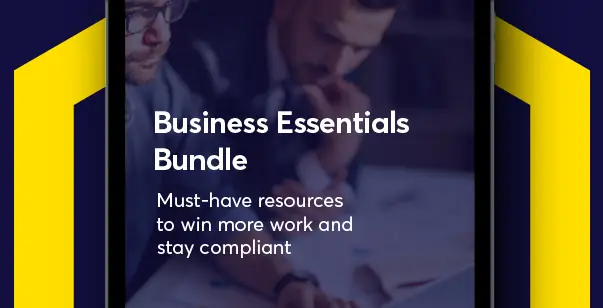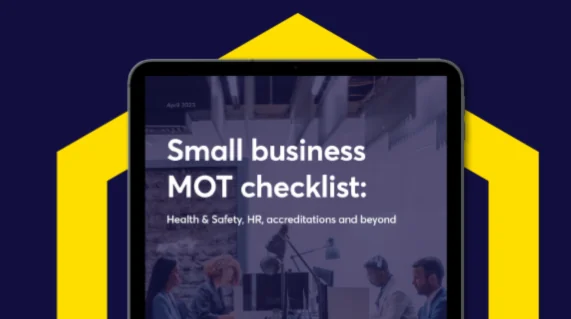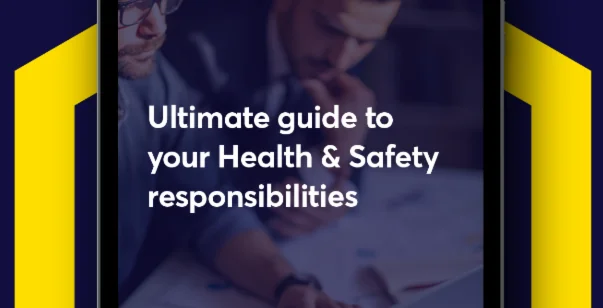Respiratory Protective Equipment
RPE Blog
Respiratory Protective Equipment (RPE) is a particular type of Personal Protective Equipment (PPE) and it’s used to protect workers who are dealing with hazardous substances such as: gases, powdered chemicals, solvents and sprays.
Similar to PPE, it should only be used when you’ve taken every other reasonable step to control exposure and improve the air quality and ventilation in the area you’re working in. In other words, it’s the last option you should choose for protection. You should clearly justify your reason for using RPE in your risk assessment.
If you’re working in areas where oxygen levels are low (e.g. in a chamber or tank), you may also need to wear RPE.
What are the Different Types of RPE?
There are two main types of RPE – respirators and breathing apparatus.
Respirators use filters to remove contaminants from the air, to prevent them from being breathed in. These can either be powered or non-powered. Powered respirators use a motor to pass air through the filter. Non-powered respirators rely on your breathing to draw air through the filter.
However, breathing apparatus needs a supply of breathing-quality air from an independent source (e.g. an air cylinder or compressor).
Respirators and breathing apparatus are available in a range of styles, dividing into two main groups:
- Tight-fitting facepieces – rely on having a good seal with your face. You should always carry out a face-fit test, to ensure that you/the wearer is protected.
- Loose-fitting facepieces – rely on enough clean air being provided to you to prevent contaminants leaking in (e.g. hoods, helmets, visors and suits).
How Do You Know What RPE to Use?
The HSE advises these different types of RPE are designed to:
- protect the wearer from a variety of hazards;
- suit a variety of work situations;
- match the specific requirements of the wearer.
All RPE must be adequate and suitable, to ensure you’re protected. To be adequate, RPE must be right for the hazard and reduce exposure to the level required to protect your health. To be suitable, RPE must be right for the wearer, the task and the environment, so that the wearer can work freely and without additional risks due to the RPE.
If you are going to select the correct RPE to protect the wearer (be it your worker or yourself) you need a basic awareness of:
- the hazardous substance and the amount in the air;
- the form of the substance in the air (gas, particle, vapour);
- the type of work being carried out;
- any specific wearer requirements, such as any other PPE or if the user is wearing glasses.
When can RPE be Used?
As we’ve said, RPE should be considered when you’ve taken every other reasonable step to control exposure, so you should use RPE when you still might breathe in contaminated air, despite you putting other controls into place. You should also use RPE whilst you are putting the other controls in place.
Another reason for using RPE is where there is short-term or infrequent exposure, so using other controls is impractical. You may also need to provide it for safe exit in an emergency. If emergency work is required, or if you have a temporary failure of the controls that you already have in place, RPE would be needed to reduce exposure; similarly, if any emergency rescue (by trained personnel) is needed, they may require RPE to protect themselves.
Why is RPE a Last Choice for Protection?
RPE can only protect the person who is wearing it; whereas, other control procedures aim to protect everyone in that environment. It can also be intrusive and uncomfortable, so people don’t tend to want to wear it for any length of time.
RPE can also give you a false sense of protection, especially if it isn’t worn in line with manufacturers’ instructions. As RPE can cover your face, it can interfere with communication and vision, which is a hazard in itself.
It may seem futile, but it can interfere with your personal freedom – for example, if you have a beard or stubble, you won’t be able to properly seal your facepiece; or it could interfere with jewellery, hairstyles or make up. Again, these do seem small problems in comparison to your health, but it is something you should take into consideration.
In comparison to simple common sense measures, which should already be in place, RPE can become expensive for you in the long run through maintenance, cleaning and when it comes to replacing it.
Do You Need Any Training?
Whether it’s yourself, or you’re instructing someone, information and training should always be given on:
- why the wearer needs the RPE;
- which type of RPE they need;
- how to check they have the right type;
- when to wear the RPE;
- how to wear the RPE correctly;
- when to change the filters and other consumable parts;
- how to maintain and keep the RPE in good condition;
- how to clean the RPE;
- how to store it;
- when it will need replacing.
We hope that we’ve covered some of the basics on RPE for you, but if you do have any questions, or require advice on any aspect of health and safety, don’t hesitate to get in touch and one of our consultants would be happy to help.





